What is an atom and what are its parts (be specific)?
Describe the structure of an atom - ACT!
Bonus 100: what is the smallest part of an atom?
Atom is the basic unit of Matter, made of sub-particles: nucleus in the center made of proton(+) and neutron, orbited by electron(s) (-).
Bonus 100: electrons are the smallest part of an atom
Explain ACCURACY and PRECISION using as example these 3 sets of data for a sculpture weighing 13,000 g:
1- 13.56kg, 14.8kg, 13.02kg, 17.63kg
1- 10.56kg, 10.18kg, 10.02kg, 10.63kg
1- 13.56kg, 13.28kg, 13.95kg, 13.03kg
Accuracy: mean, median Precision: SD, range
1- 14.75kg not that accurate and precise
2- 10.34kg most inaccurate, but most precise
3- most accurate and precise
What is a star made of? Give 2 examples of stars
Bonus 200: which is the element that makes most of a star and the universe?
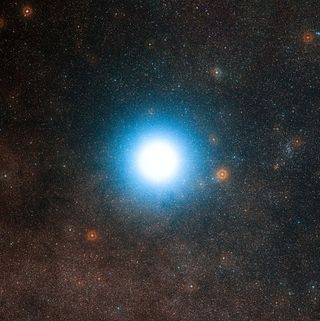
A star is a massive sphere of luminous gas and plasma, mainly hydrogen and helium. A star's heat and light derive from nuclear fusion in its core. Ex. Sun, Polaris, Sirius...
Bonus 200: Hydrogen (Helium is the second)
What are the 5 sensory organs and functions?
eyes, ears, tongue, skin, nose
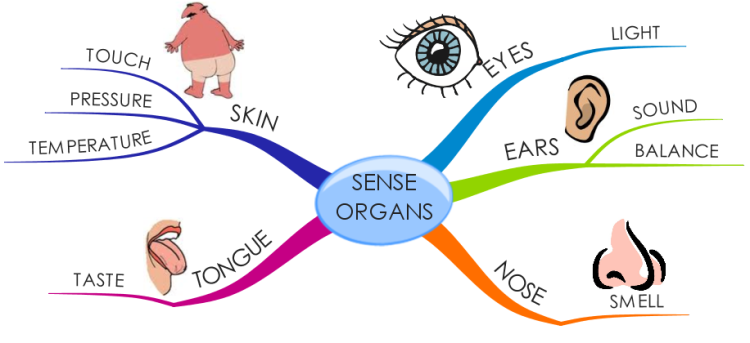
What are the 3 kinds of rock? Try to explain how each of these are formed

igneous, sedimentary, and metamorphic
Igneous rocks form when molten rock (magma or lava) cools and solidifies.
Sedimentary rocks originate when particles settle out of water or air, or by precipitation of minerals from water, accumulated in layers.
Metamorphic rocks result when existing rocks are changed by heat and pressure.
What is a Homogeneous and a Heterogeneous Mixture?

Bonus 100: Can mixtures be separated into its components?
Bonus 200: Is a mixture made chemically?
Heterogeneous mixtures have visually distinguishable components, while homogeneous mixtures appear uniform throughout.
Bonus 100: Yes
Bonus 200: there is no chemical change or reaction in a mixture
Is Air Matter
- balloon, weighing scale, measuring tape, water
Matter has mass (weigh it) and occupies volume
What is a Supernova?
the end life of a massive star
powerful and luminous stellar explosion
1a. Wings are covered by an exoskeleton – go to step 2
1b. Wings are not covered by an exoskeleton – go to step 3
2a. Body has a round shape _________
2b. Body as an elongated shape_________
3a. Wings point outward from body ______
3a. Wings point toward the rear of the body_________


What is the difference between ROCKS and MINERALS?
Mineral: naturally occurring substance with distinctive chemical and physical properties, composition and atomic structure.
Rocks: made up of two of more minerals, mixed up through geological processes.
What is the difference between a physical and a chemical change?
Bonus 200: which change is REVERSIBLE? Physical or Chemical
physical change does not change the chemical composition of the substances
Bonus 200: physical changes are easily reversible, chemical changes require a chemical reaction to reverse (more difficult)
What is the main diet of this hawk?
Fish
This bird is an osprey nicknamed "fish hawk". The osprey is the only hawk on the continent that eats almost exclusively fish
Which are the planets in our solar system?
Bonus 100: which is the order from the sun?
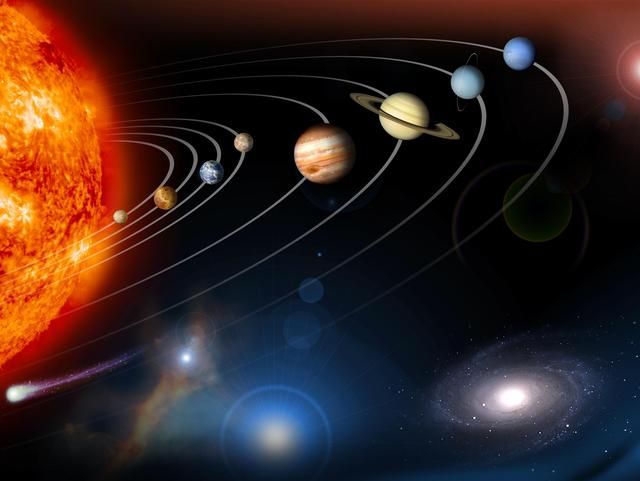
A planet:1-must orbit a star, 2-large enough so its own gravity molds it into sphere, and 3-must have an orbit free of other small objects.
Bonus100: Mercury, Venus, Earth (and our moon), Mars, Jupiter, Saturn, Uranus, and Neptune.

A. Magnolia
B. Walnut
C. Elm
D. Spruce
E. Pine
F. White Oak
G. Chestnut
H. Holly
Are these sedimentary, igneous, or metamorphic rocks?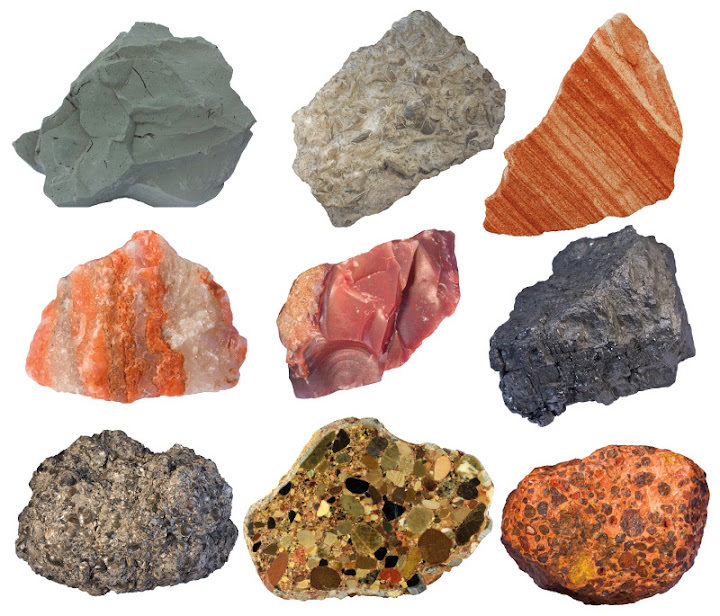
Sedimentary
What is the Periodic Table?
Bonus 200: How are the items in this table arranged?
table of the chemical elements arranged in order of atomic number, usually in rows, so that elements with similar atomic structure (and hence similar chemical properties) appear in vertical columns
Bonus 200: arranged in order of atomic number = number of protons
The geologic time scale is the “calendar” for events in Earth history. Can you put in order the EVOLUTION of Earth and Life?

From the Big Bang to Particle formation, Elements, Stars, Planets, Life on Earth to Humans
The 4 types of planets: which is missing?
1-terrestrial/rocky planets, 2-gas giants, 3-ice giants, and 4-_____ planets.
Bonus 200: How are our planets classified?
Dwarf planets
Bonus 200: terrestrial planets (Mercury, Venus, Earth, and Mars), gas giants (Jupiter and Saturn), ice giants (Uranus and Neptune), and dwarf planets (Pluto, Eris, Haumea, and Makemake).
What is a Food Web?
natural interconnection of food chains and a graphical representation of what-eats-what in an ecological community
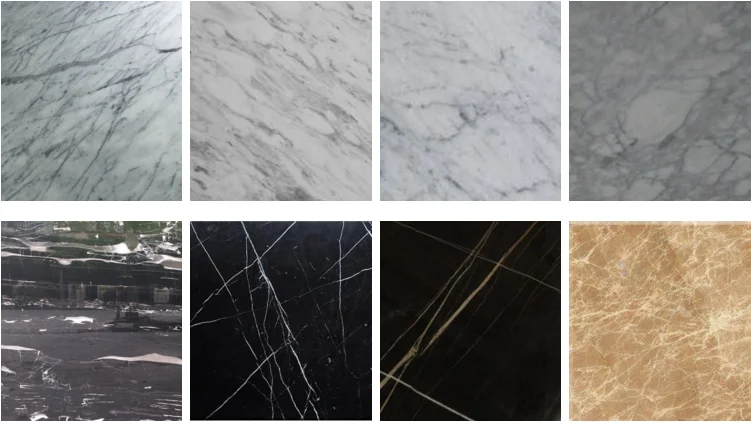
Bonus: Igneous, Metamorphic or Sedimentary
marble
bonus: Metamorphic
How can you identify different white powders? You are given a magnifying glass, Water, Acid and Iodine
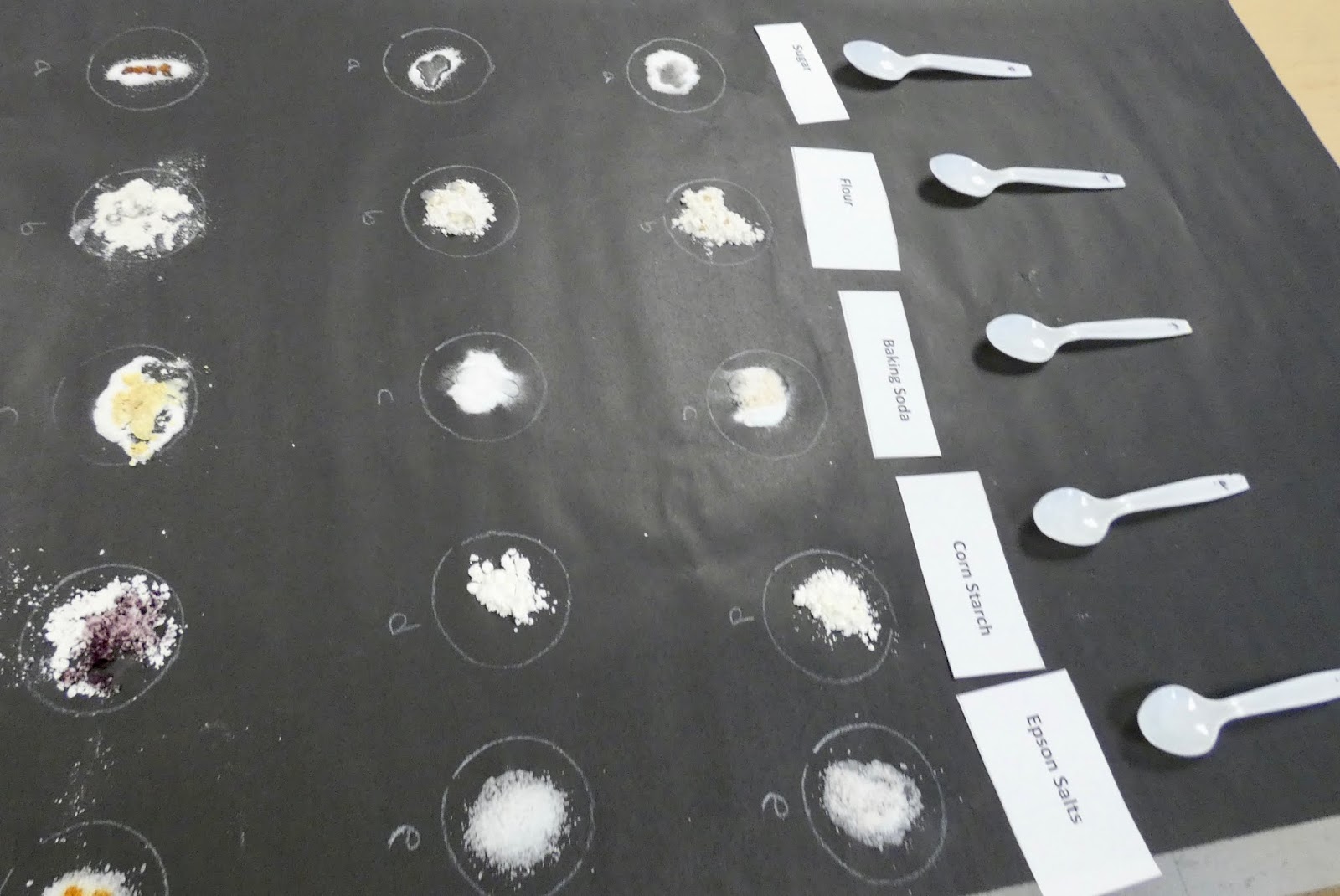
Physical properties - Magnifying glass: crystals, color, texture, dissolution in water, pH
Chemical reactions - Acid and Iodine
Demo - What is this FORCE?
What scientist explained this force with the Theory of Relativity? Physical Phenomena in the absence of this Force
Gravity
How old is the universe?
1. 14 billion years, 2. 13.77 million years, 3. 40 million years
How old is Planet Earth?
1.7,000,000 years, 2. 4.5 billion years, 3. 4.5 million years
Bonus 100: Which is our galaxy?
Universe - 1. 14 billion years (13.8 bya)
Earth - 4.5 billion years
Bonus 100: Milky Way Galaxy
What bird is completely silent?
Brown pelican
What system/part of the human body is this model of?:background_color(FFFFFF):format(jpeg)/images/article/en/integumentary-system/FngM0dzeOymBcAy2NUJH5Q_aygBoinE7BUQpZnTowwAww_Epidermis_01.png)
Intergumentary system (skin)
